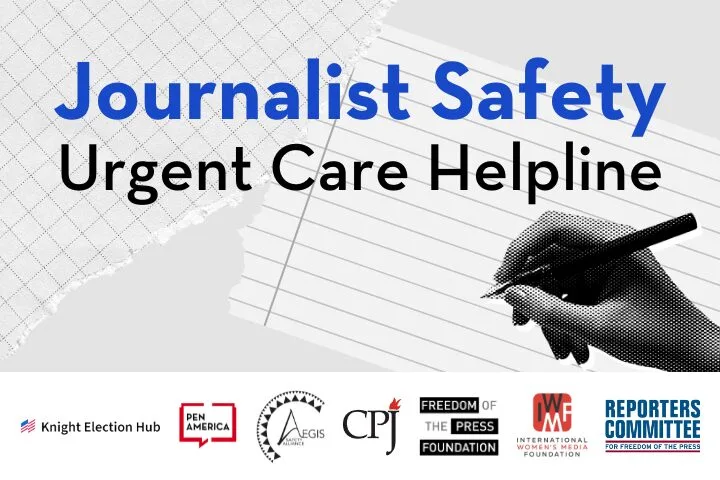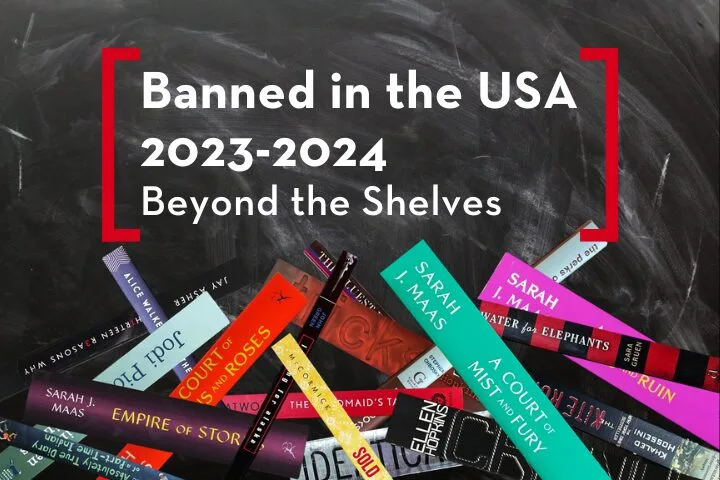The Freedom to Write
PEN America stands at the intersection of literature and human rights to protect free expression in the United States and worldwide. We champion the freedom to write, recognizing the power of the word to transform the world.
Featured Work
Get Involved Today
The Freedom to Imagine
“PEN America’s work, PEN America’s existence, is in many ways an assurance that writers all over the world can, perhaps even should, dare to speak.”
– Chimamanda Ngozi Adichie, author
What We Do
PEN America celebrates literature and defends free expression.
-
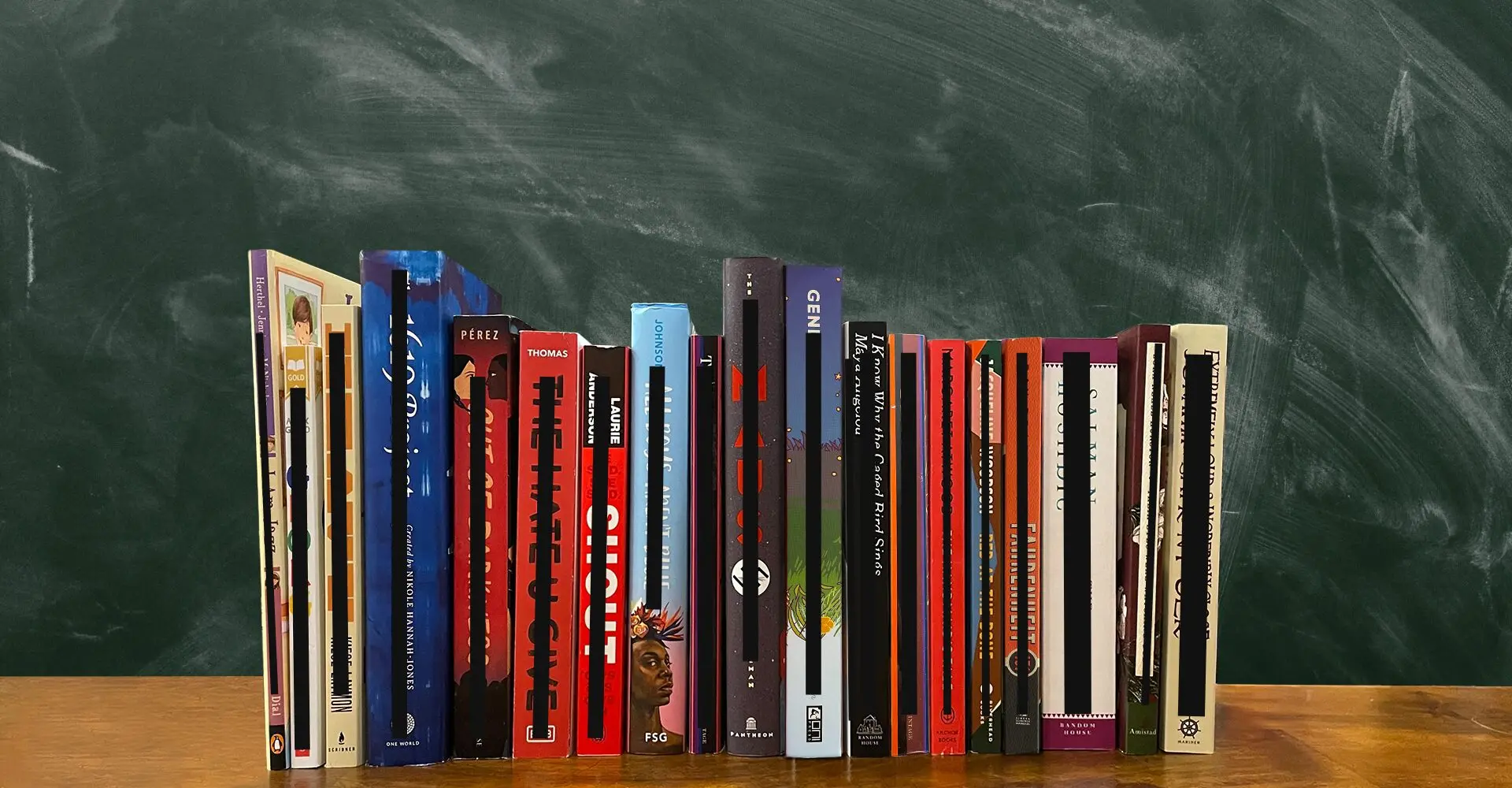
Book Bans
-

Writers at Risk Advocacy
-

Literary Awards
-
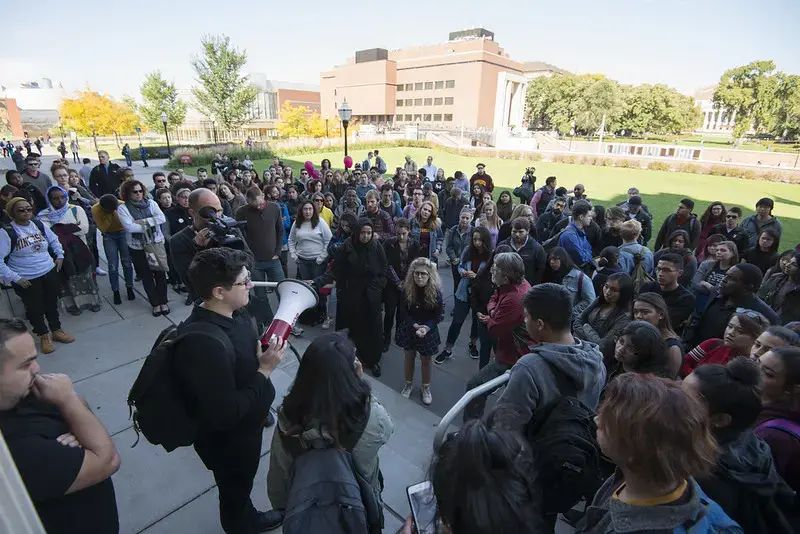
Campus Free Speech
-

Online Abuse & Digital Safety
-

Literary Grants
-

Disinformation
-

Educational Censorship
-

Fellowships, Workshops & Trainings
-

Prison and Justice Writing
The Latest
Press Releases
Features & Interviews
Featured Events
Author interviews, advocacy trainings, writers workshops, community gatherings and more.
-

2025 New Year New Books Party LA
Thursday January 305:00 PM – 7:00 PM PTMelody BarFree -
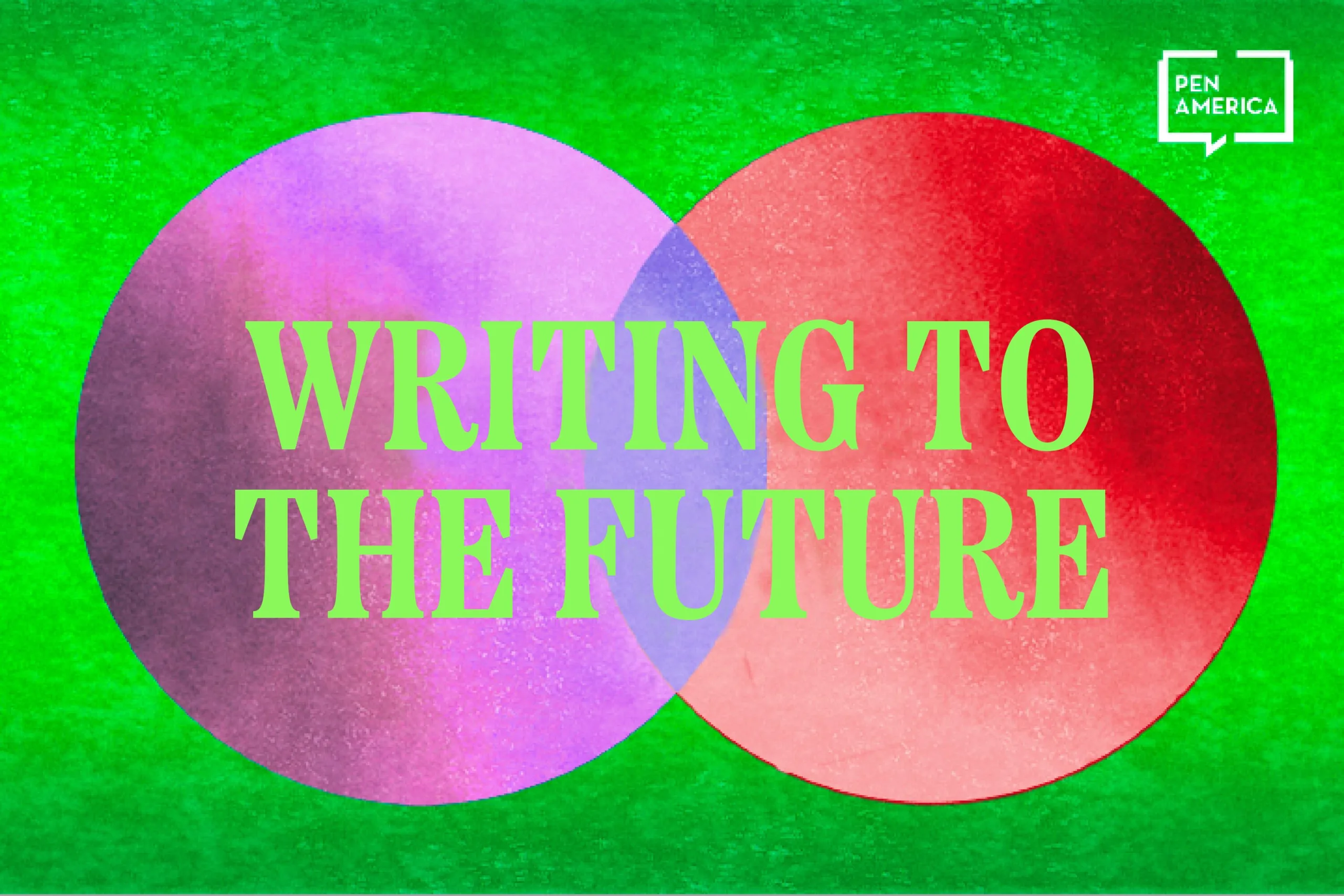
Writing To The Future: Creative Nonfiction and AI
Wednesday February 55:00 PM – 6:30 PM PTFree -

Bearing Witness: The Influence of Writing on the Cultural Questions of Today
Wednesday February 125:00 PM – 6:30 PM PTFree -

Kingdom of No Tomorrow: Fabienne Josaphat in conversation with Barbara Kingsolver
Thursday February 137:00 PM – 8:30 PM ETFreeSpeakers: Fabienne Josaphat, Barbara Kingsolver -

United Voices for Democracy: Student Protests and Free Speech in Florida
Sunday February 1612:30 PM – 4:30 PM ETCoral Gables Congregational United Church of ChristFree -

Take a Beat, Take a Rest: Developing a Sustainable Writing Practice
Wednesday February 195:00 PM – 6:30 PM PTFree -

Internal, External: The Intersection of Objectivity and Creativity
Wednesday February 265:00 PM – 6:30 PM PTFree

Sign up for free expression updates
Get periodic news about our advocacy, interviews with featured authors, and upcoming events.


